- Joined
- Nov 19, 2014
- Messages
- 776
- Likes
- 1,164
- Degree
- 3

Let’s face it – content planning and creation is definitely not the sexiest part of creating websites for profit. However, it’s probably one of the most important building blocks of any online endeavor.
If you strip away all the fancy CSS, speed optimizations, WordPress plugins, images, videos and advertisements on your site – you will still be left with your content. The information you offer to your readers is what will make or break your project.
Taking the time to create a clear vision of how your content will be presented and understanding why it’s being presented in that way will greatly benefit you down the road once you start getting clicks to your site.
What Is Content Planning
Content planning is the process of creating a roadmap for how you will disseminate all the information your site will provide across it’s many pages.
It involves understanding your audience, knowing which keywords will bring you the right kind of visitors, determining how to group various keywords into different articles, and deciding the best way to present your information to engage your reader as much as possible.
Before You Start…
There are a few things you need to have lined up before you can start content planning.
- Market Research – Take a look over CCarter’s guide on market research so you know your audience inside and out.
- Keyword Research – You’ll need your master list of keywords in order to start creating the article topics that will eventually end up on your site.
- Competition Research – Knowing how your competitors are organizing their content will give you context that you can use as a starting point for your content plan. We’re really looking to match & exceed here as much as possible.

Remember Your Audience
One of the biggest mistakes that I see people make with their content is that they don’t really understand their audience. Instead, they are 100% focused on pushing people towards the pages that will generate revenue as fast as possible. While this may work to an extent, you’re really leaving money on the table by not appealing directly to the interests, concerns, and questions that are common to your target demographic.
You need to make customer profiles and really understand why someone is seeking out the information you’re providing.
If you take a minute to think about it, it’s easy to see how understanding your audience can benefit your site and brand greatly. Here are some of the key benefits:
- You will increase your perceived authority by putting your audience at ease when they see you want to provide real value
- Providing them with the answers to their questions will garner repeat visits that will help to decrease your bounce rate and increase your time on site
- Once you know what they’re after, you can extend that to complimentary services / products / offers that may interest them as well
- Other websites on the topic will identify you as a thought-leader in the industry and will look to network with you, which will open other profitable doorways

Types Of Content
The number of ways you can display information online goes far beyond blog posts, product reviews, and sales pages. Take a look at this list of content types from HubSpot:
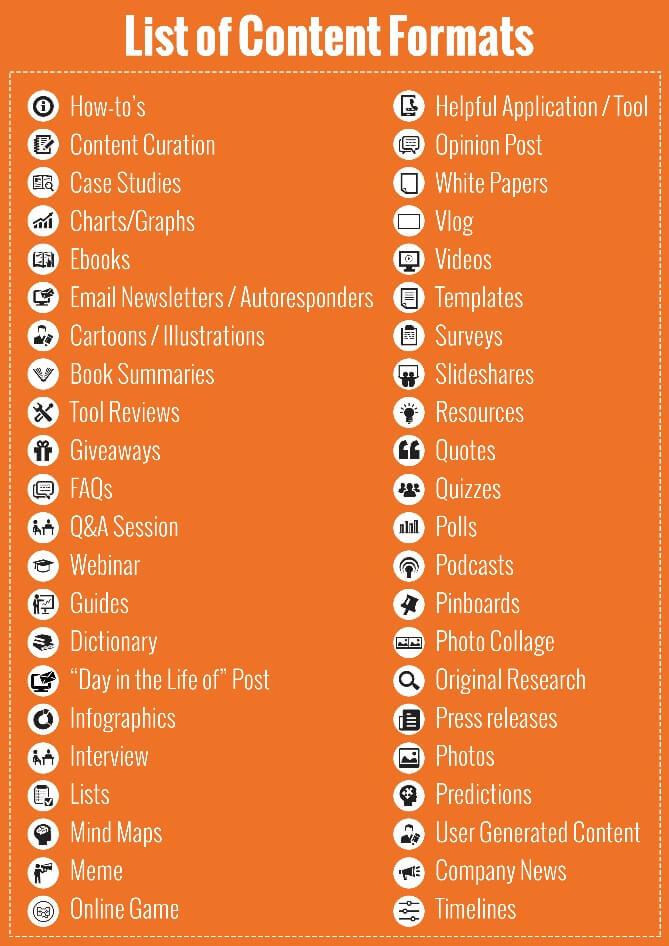
Here is another list from CognitiveSEO that lists different content types and describes them briefly.
There’s over 40+ content variations on these lists. That’s both impressive and overwhelming.
As a small website operation, it’s unlikely that you’ll be able to provide such a wide variety of content types with any sort of regularity. BUT, that doesn’t mean that you can’t identify a few types that will be your bread and butter and rotate through them.
Also, if you look at these lists, you’ll notice a lot of these vehicles for your content are just variations of broader content types. Take a look:
Evergreen Content (aka website content)
This stuff will be on your static pages and will be the cornerstone of your website. Instead of using the same exact format from page to page, we can vary it up and provide a diverse experience for our readers. Here are a few options from the lists above that will work for your evergreen content:
- How-To Articles
- Guides
- Case Studies
- FAQs
- Helpful Applications / Tools
- White Papers
- Original Research
- Resources
Trending Content (aka blog posts)
Not all information will stand the test of time, but that doesn’t mean it shouldn’t be covered anyway. Your readership is going to want to be kept informed on all of the current news in your industry or niche. Sure, we could do this with a standard blog post…. or we can put a little more work into it and dissemninate the information in a way that will stick with the reader. Here’s a short list:
- Blog posts
- Memes
- Content Curation / Roundups
- Book Summaries
- Reviews
- List-Style posts
- Press Releases
- Photos
- Company News
- Surveys
- Quizzes / Polls

Organizing Keywords
So now that we know who is going to be reading our content and how we’re going to share it with them, we need to do a little organization to attract these people to our site in the most efficient way possible. We do this by organizing keywords into groups, and using each group as a launch pad for a new piece of content.
The best way to explain this is through illustration, so let’s walkthrough an example together.
There are two ways to consider organizing your keywords in groups. What I consider the old method was to find as many similar keywords as possible that not only target the same topic but use the same words. For instance, imagine you pull these keywords from your list, with the exact match search volume included:
- How to Code Flash Games - 10,000
- Code Flash Games - 5,000
- How to Code in Flash - 9,000
Now consider this, the new method that's performing very well with Google. Keep the phrases above or discard some, and mix them in with semantically relevant keywords that use synonyms and still have great search volume:
- How to Code Flash Games - 10,000
- How to Program a Flash Game - 9,000
- Creating Flash Games - 5,000
- Making a Flash Video Game - 4,000
- Coding Flash Games From Scratch - 2,000
- Flash Game Engines - 3,000
- Flash Game Creator Software - 3,000
Using synonym phrases such as { How to | Creating | Making | Programming } shows the search engines that your article is not only knowledgable and a full-depth exploration, but that you aren't manipulating by using the same words and same phrases over and over. And the benefit for human users will only provide a further boost for you rankings and engagement.

Creating Your Plan
Right now, you should have your keywords separated into groups based on semantic relevance, where each group represents a future piece of content. Now it's time to take those groups and actually make something valuable for your audience.
Outline Silos
SEO siloing is the process of grouping related information together in tightly segregated categories on your website. This increases the relevance of your website to it’s main topic, which helps with SEO rankings….big time.
I’m not going to go too far into this because my man Bruce Clay has already covered it pretty extensively.
Just know that SEO Silos are an important part of your site hierarchy and you need to understand how to build them correctly.
If you read CCarter's guide on keyword research, you'll know that different keywords have different intent behind them. You can use Silos to direct your readership through articles of various levels of intent, in addition to creating a tightly-knit grouping of relevant topics.
Further reading on SEO Silos:
- SEO Siloing
- How To Structure Your Website
- Siloing Revisited
- How to Theme a Web Site for Clear Subject Relevance
We can now start plugging-in actual article topics into your Silo outline.
You'll need to take a look at each keyword group and decide the best content type that will provide the most value to your readers.
First, you'll want to decide if each article is an evergreen topic or a trending topic in your niche. Then, you can assign a logical content type to each keyword group.
Create Headlines
The headline you use for each piece of content will arguably make or break your site. If you can't get someone to actually click and read your content, then how will you ever convert them?
Here, I'll defer to Mr. Patel and his harem of merry researchers on creating high-quality headlines.
- The Step-by-Step Guide to Writing Powerful Headlines
- The Formula for a Perfect Headline
- Headline Writing 101: How to Write Attention Grabbing Headlines That Convert
How do you know if your headlines are great? Well, you let your audience tell you by split-testing multiple headlines.
Using a headline split-testing plugin, such as Headlines by KingSumo, you'll be able to deliver multiple headlines to your audience for a single piece of content. This allows you to analyze which headline performs the best.
Create Your Editorial Calendar
A lot of people will skip this step, but it's actually very useful. Assigning publication dates to each piece of content will allow you to keep your site on a strict schedule that your readers will eventually get used to and anticipate. If you're publishing a "how-to" blog post every Tuesday, you better believe that your readers will be waiting for that new post each week.
Other benefits of a proper editorial calendar include transparency within your organization and cash flow management. Larger teams will need to have a clear view of upcoming deadlines and future projects. Providing access to the calendar to everyone on the team will get everyone on the same page. Also, creating content isn't cheap. When you schedule out your content creation over the course of a few weeks or months, you can better track your cash flow and ensure you have the funds available for each new piece of content.
This guide from Hubspot shows you how to create a fully-functioning calendar for free using Google apps. I've also included a link to a cool WordPress plugin that will allow you to create a calendar in your dashboard below.
Create the Content & Publish
The last step in the process is simply creating and publishing your content.
Whether you're writing the content yourself or outsourcing, you want to go back over your demographic personas and put yourself in the shoes of your readers. I'm sure we can all agree that it sucks when you find an article that you think will answer your question, but then you quickly realize that it goes off on a tangent - leaving you dissatisfied.
Always ask yourself, "What is the problem the reader is seeking to solve by reading this content?"
If the answer you come up with doesn't match up with the content you wrote, then it's time to rewrite and revise until you have clearly articulated the answer to the problem. Again, it's tedious, but the exercise will benefit you many times over.

Tools of the Trade
Now, we can take a little dullness out of this process by using a few tools to increase our efficiency and speed. This is certainly not a comprehensive list of tools (and we're definitely open to suggestions!!) - but these are the ones I generally use on a regular basis.
Grammarly.com
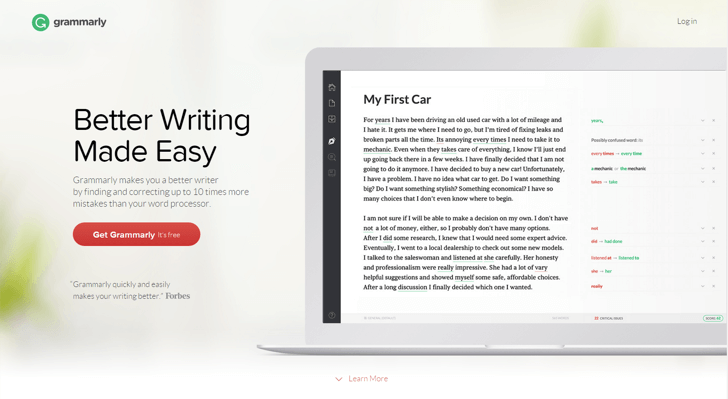
Grammarly is spellcheck on steroids. It's what the WordAgents editors use on all of our premium content orders.
The software checks the content against 250+ points of grammar, in addition to checking the spelling, contextual relevance, and vocabulary of the text.
There is a free version, but it's almost a no-brainer to upgrade to premium if you're going to create content on any sort of regular basis.
HemingwayApp
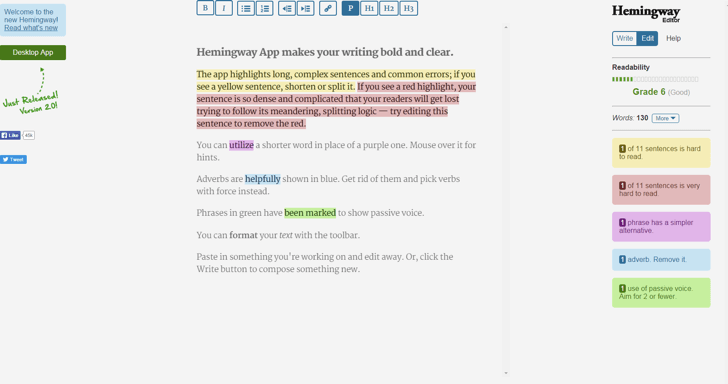
HemingwayApp is another great free tool to help improve your content. It helps to improve the readability of your content.
We will generally edit content in Grammarly, and then paste the text into HemingwayApp to tweak the readability of the document.
When you're done, you'll have a kick-ass piece of content that your audience can absorb easily and quickly. Can't beat that.
Mind Mapping
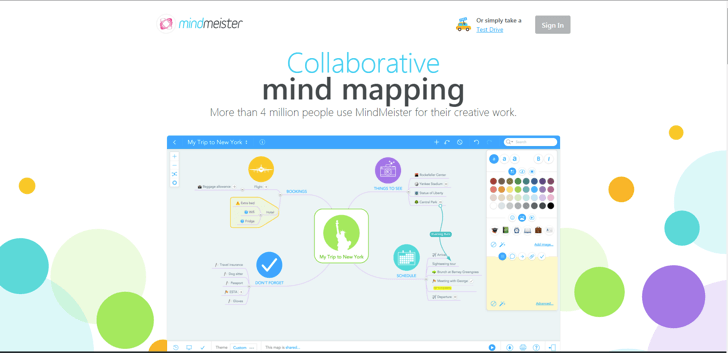
When you're mapping your keyword groups and silos, it's nice to see a visual representation of everything. Creating a mind map is a quick, organized way to do this. It's helped me find a lot of holes in content projects of mine that would have otherwise been looked over.
There's two mind mapping tools that I suggest:
BuzzSumo
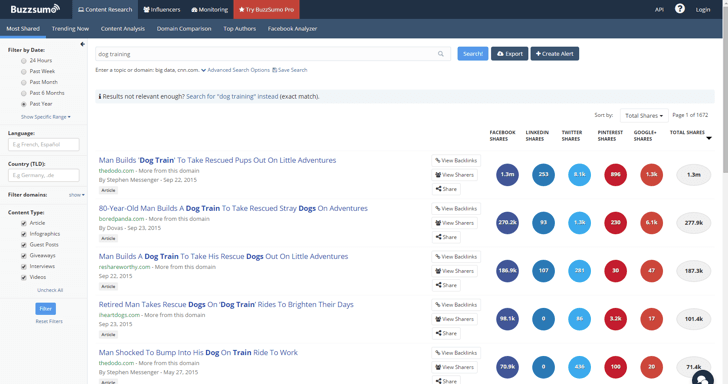
I'm sure this has been mentioned before, but it's worth the redundancy because of how helpful the tool can be.
I generally will use BuzzSumo to take a look at other highly-shared articles focused around my keyword. This gives you a broader view of the niche, as the results on this page will likely be different than what you find in the top 10 spots on the keyword's SERP.
It's also helpful to see what types of headlines receive the most attention - which is great for when you get down to writing the headline for your content.
Headline Tools
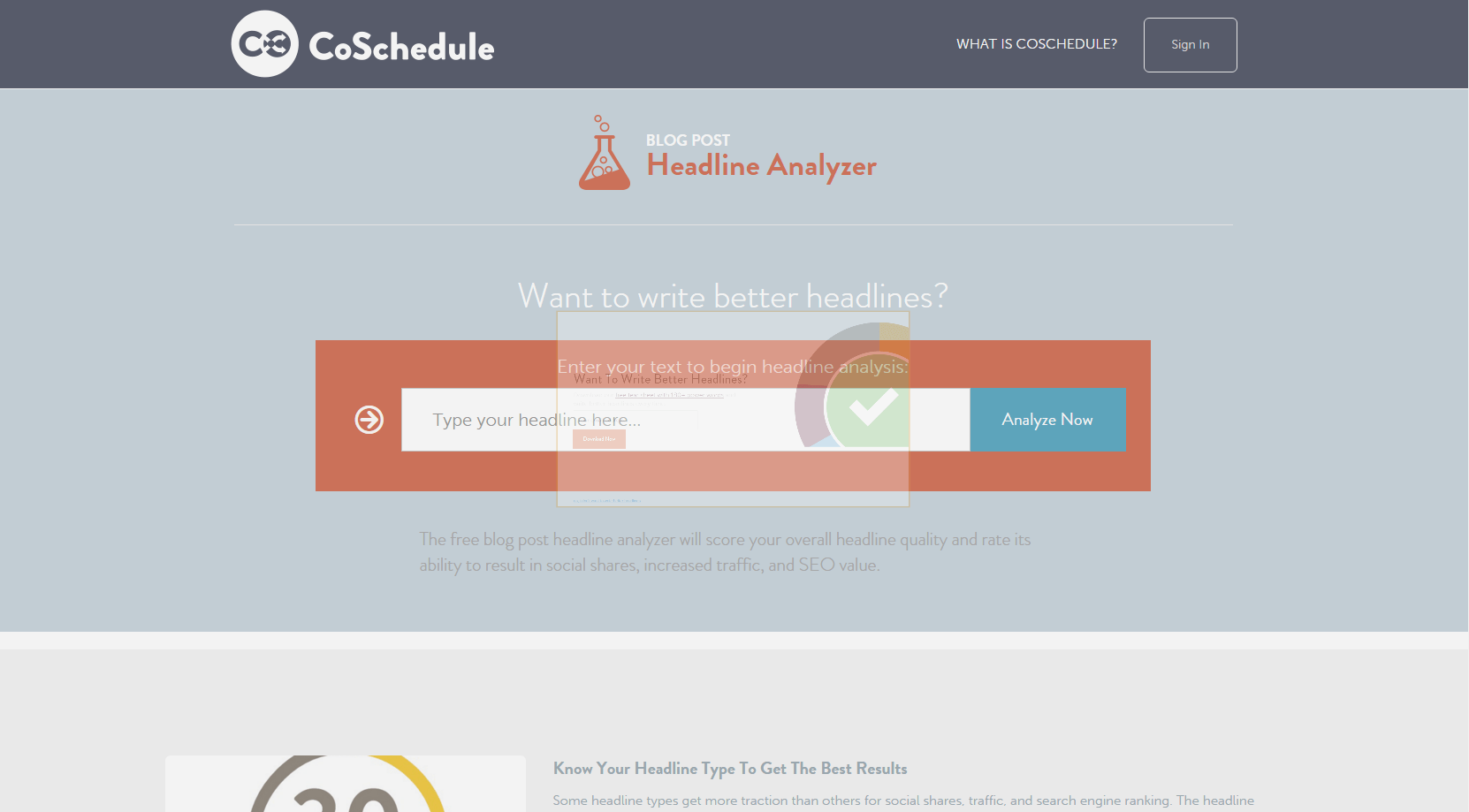
Speaking of headlines.... here are a few tools that will help you come up with the perfect headline for your content:
Creating great headlines is an art in itself (and beyond the scope of this guide), but the tools above should provide some easy wins.
Editorial Calendar WP Plugin
If you're planning on using an editorial calendar to time the release of your individual pieces of content, then this Editorial Calendar plugin is super easy to use and will help you get organized quickly.

Conclusion
And that wraps up Day 7 of our Digital Strategy Crash Course.
If you take away anything from what was discussed today, please make sure that it's the fact that the quality of your content will mean the difference between a project that does $100 per month, and one that does $10,000 per month.
Sure, this process can be tedious at times.... but, I guarantee you that you'll be happy with the results when you take the time to create a genuine content plan.
Additional Day 7 Study Materials:
